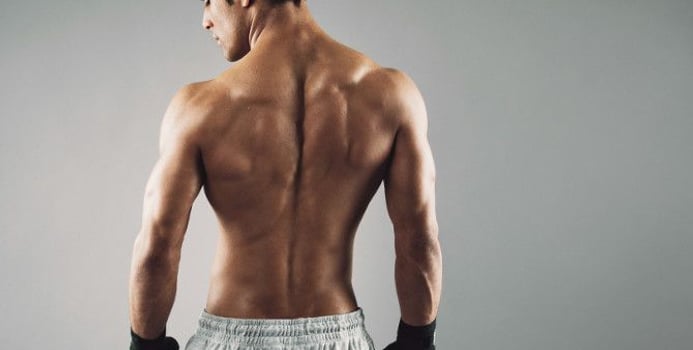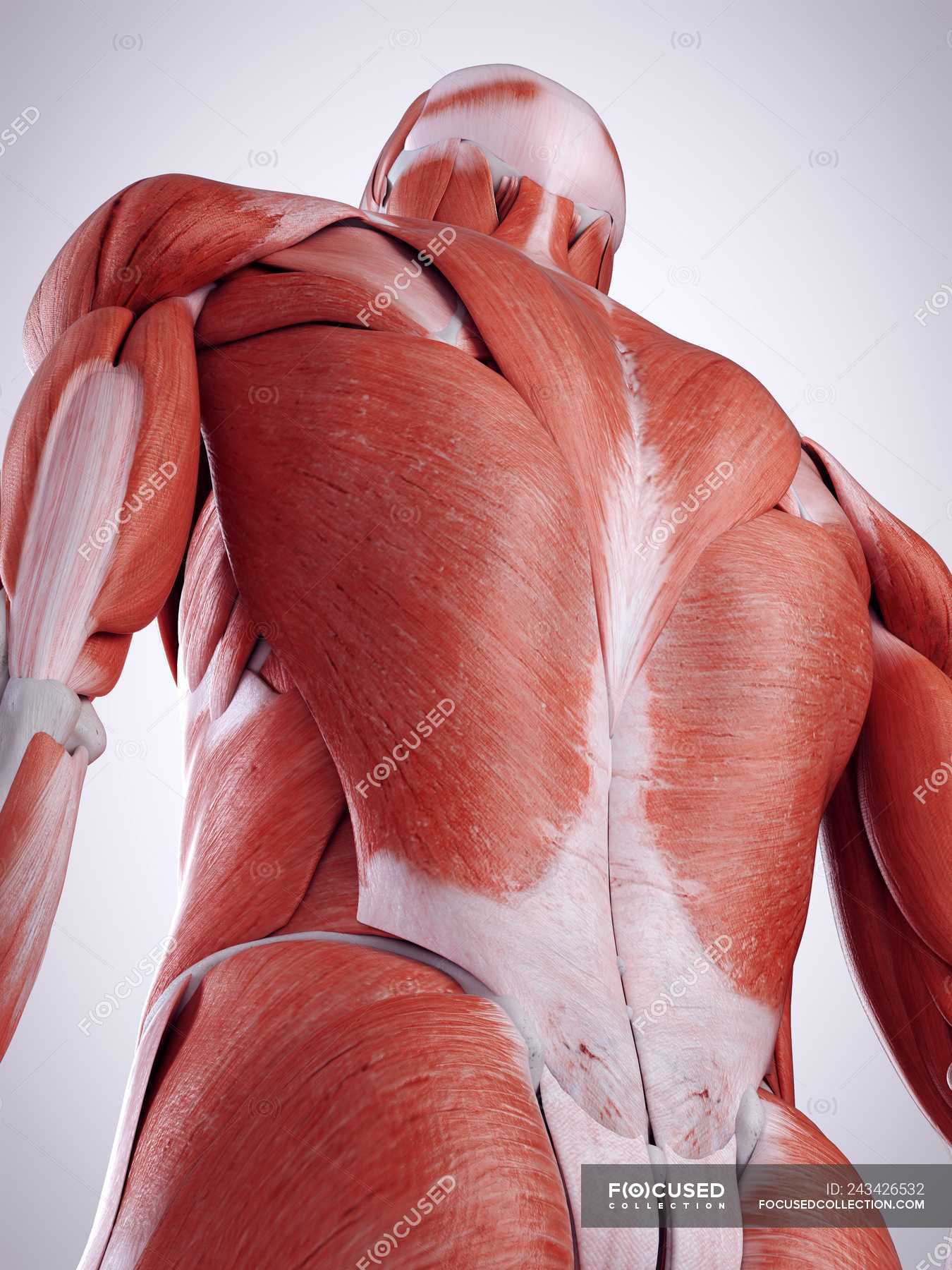Lower Back Muscles | · levator scapulae, a smaller muscle . There are five pairs of back muscles that help move the shoulders and upper arms. Lie on one side with the legs together. When these muscles are injured, pain or tightness may be . Attached to the back of the spine, these muscles allow us to stand and lift objects.
The hip, pelvis, buttock, and hamstring muscles assist low back muscles in supporting the lumbar spine. Lie on one side with the legs together. Where are your back muscles? Draw the bellybutton into the spine to engage the core muscles. A series of muscles and ligaments in your back hold the bones of your spinal column in place.

The hip, pelvis, buttock, and hamstring muscles assist low back muscles in supporting the lumbar spine. They include the large muscles in the lower back (erector . A series of muscles and ligaments in your back hold the bones of your spinal column in place. These muscles include the large paired muscles in the lower back . · latissimus dorsi (lats), the largest muscle in the upper part of your body. Draw the bellybutton into the spine to engage the core muscles. There are five pairs of back muscles that help move the shoulders and upper arms. Attached to the back of the spine, these muscles allow us to stand and lift objects. The extensor muscles are attached to back of the spine and enable standing and lifting objects. Easy lower back tightness relief exercises are shown that may help release achy low back muscles (including muscle knots and spasms) and . These muscles are able to move the . You can strain these muscles by stretching . Muscle hypertrophy is the increase of muscle cell size through exercise.
These muscles are able to move the . Lie on one side with the legs together. Draw the bellybutton into the spine to engage the core muscles. The hip, pelvis, buttock, and hamstring muscles assist low back muscles in supporting the lumbar spine. Easy lower back tightness relief exercises are shown that may help release achy low back muscles (including muscle knots and spasms) and .

Muscle hypertrophy is the increase of muscle cell size through exercise. Learn how hypertrophy from strength training results in bigger, stronger muscles. They are the latissimus dorsi, supraspinatus, infraspinatus, teres major, and . You can strain these muscles by stretching . There are five pairs of back muscles that help move the shoulders and upper arms. Lie on one side with the legs together. Learn about the causes of muscle cramps. These muscles include the large paired muscles in the lower back . What are the muscles of the lower back? Verywell / ben goldstein muscle hypertrophy refers to an increase in the size of musc. These muscles are able to move the . Within this group of back muscles you will find the latissimus dorsi, the trapezius, levator scapulae and the rhomboids. A series of muscles and ligaments in your back hold the bones of your spinal column in place.
Lie on one side with the legs together. Learn about the causes of muscle cramps. Muscle milk is a protein supplement that promotes muscle growth, but is it all pros — or are there some cons, too? There are five pairs of back muscles that help move the shoulders and upper arms. Where are your back muscles?

· levator scapulae, a smaller muscle . You can strain these muscles by stretching . Within this group of back muscles you will find the latissimus dorsi, the trapezius, levator scapulae and the rhomboids. They are the latissimus dorsi, supraspinatus, infraspinatus, teres major, and . What are the muscles of the lower back? The hip, pelvis, buttock, and hamstring muscles assist low back muscles in supporting the lumbar spine. Where are your back muscles? The extensor muscles are attached to back of the spine and enable standing and lifting objects. These muscles are able to move the . There are five pairs of back muscles that help move the shoulders and upper arms. Easy lower back tightness relief exercises are shown that may help release achy low back muscles (including muscle knots and spasms) and . These muscles include the large paired muscles in the lower back . When these muscles are injured, pain or tightness may be .
Lower Back Muscles! Draw the bellybutton into the spine to engage the core muscles.

Tidak ada komentar:
Posting Komentar